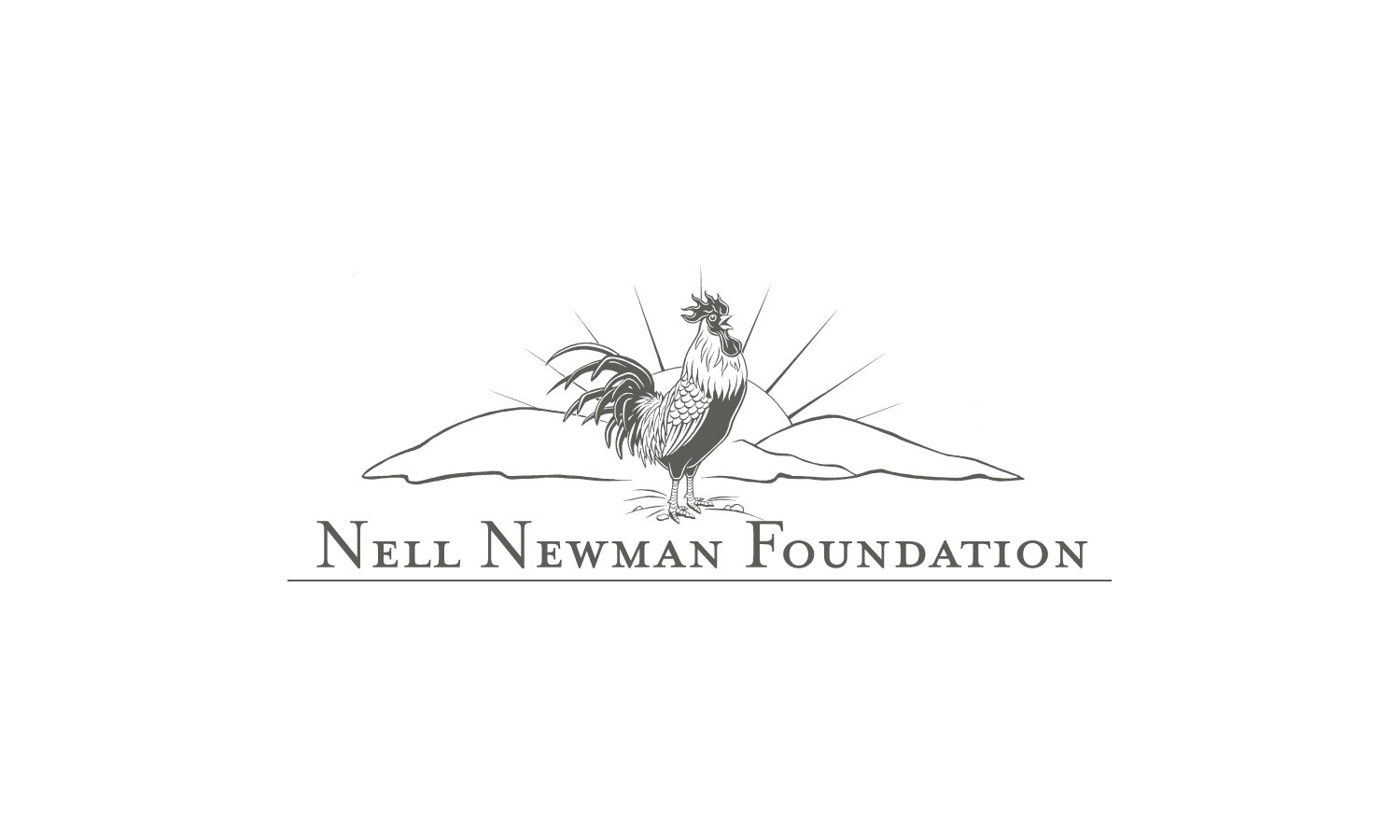National Indigenous Women’s Resource Center: Native Advocacy Organizations Release Joint Statement Recognizing Domestic Violence Awareness Month This October
(LAME DEER, Mont., October 1, 2020)—Today marks the first day of Domestic Violence Awareness Month, which offers a critical opportunity to continue to shed light on the issue of domestic violence. The number of survivors is devastatingly high within Native communities: more than four out of five American Indian and Alaska Native women have experienced violence with more than half (55.5 percent) who have endured physical violence by an intimate partner. Over 90 percent of those committing such crimes against Native women are non-Native.
Domestic violence is one or multiple types of abuse, such as physical, emotional/verbal, sexual, financial, cultural, spiritual, or digital aimed at a relative. Intimate Partner Violence (IPV) is a form of domestic violence when a current or former spouse or intimate partner engages in a repetitive pattern of fear-inducing abuse toward their partner to maintain power and control in a relationship. This pattern of abuse can take place in relationships where couples are dating, married, living together, have a child together, or after the relationship has ended. The vast majority of victims of IPV are women with primarily male offenders.
In Indigenous societies, violence is not traditional. Colonization imposes and promotes the domination and ownership of Native women by men, as reflected in the increasing rates of violence against Native women since first contact. This has laid the foundation for present-day violence. This violence ends when we reclaim Indigenous values of respect and compassion, and we honor the sacredness of women and children.
Read more on this article on the National Indigenous Women’s Resource Center website.

